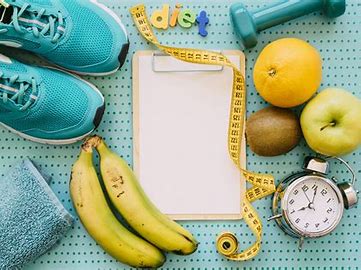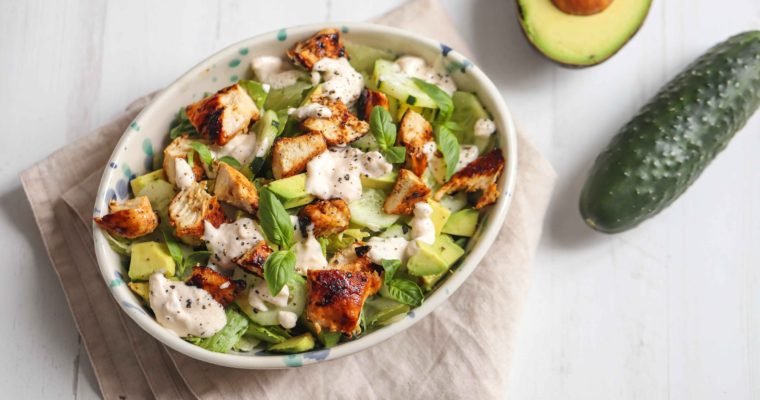Fruit is nature’s ready-made snack packed with vitamins, fiber, and other nutrients that support a healthy diet.
Fruit is also generally low in calories and high in fiber, which may help you lose weight.
In fact, eating fruit is linked to a lower body weight and a lower risk of diabetes, high blood pressure, cancer, and heart disease.
Here are 11 of the best fruits to eat for weight loss.
- Grapefruit
Grapefruit is a cross between a pomelo and an orange and is commonly associated with dieting and weight loss.
Half a grapefruit contains just 39 calories but provides 65% of the reference daily intake (RDI) for of vitamin C. Red varieties also provide 28% of the RDI for vitamin A.
What’s more, grapefruit has a low glycemic index (GI), which means it releases sugar into your bloodstream more slowly. A low-GI diet may aid weight loss and weight maintenance, though evidence is limited.
- Apples
Apples are low in calories and high in fiber, with 116 calories and 5.4 grams of fiber per large fruit (223 grams). They have also been found to support weight loss.
Because low-calorie fruits like apples are more filling, you may eat less of other foods during the course of the day. Notably, an apple is almost three times as filling as a chocolate bar.
Berries are low-calorie nutrient powerhouses.
For example, a 1/2 cup (74 grams) of blueberries contains just 42 calories but provides 12% of the RDI for vitamin C and manganese, as well as 18% for vitamin K.
One cup (152 grams) of strawberries contains under 50 calories and provides 3 grams of dietary fiber, as well as 150% of the RDI for vitamin C and almost 30% for manganese.
Berries have also been shown to be filling. One small study found that people given a 65-calorie berry snack ate less food at a subsequent meal than those given candy with the same number of calories.
Stone fruits, also known as drupes, are a group of seasonal fruits with a fleshy exterior and a stone, or pit, on the inside. They include peaches, nectarines, plums, cherries, and apricots.
Stone fruits are low-GI, low-calorie, and rich in nutrients like vitamins C and A — which make them great for people trying to lose weight.
For example, one medium peach (150 grams) contains 58 calories, while 1 cup (130 grams) of cherries provides 87 calories, and two small plums (120 grams) or four apricots (140 grams) have just 60 calories.
One fruit (18 grams) contains just 17 calories and is a rich source of fiber, vitamin C, vitamin A, iron, and potassium.
For such a small fruit, passion fruit holds ample dietary fiber. In fact, five of them give 42% of the RDI for fewer than 100 calories.
Fiber slows down your digestion, helping you feel fuller for longer and controlling your appetite.
For weight loss, passion fruit is best consumed whole. It can be eaten alone, used as a topping or filling for desserts, or added to drinks.
Rhubarb is actually a vegetable, but in Europe and North America, it is often prepared like a fruit.
While it has only 11 calories per stalk, it still packs almost 1 gram of fiber and almost 20% of the RDI for vitamin K.
Additionally, rhubarb fiber may help reduce high cholesterol, which is a common problem for people who struggle with their weight.
Very nutrient-dense, kiwis are an excellent source of vitamin C, vitamin E, folate, and fiber, and have significant health benefits.
Kiwis have a low GI, so while they do contain sugar, it is released more slowly — resulting in smaller blood sugar spikes.
Furthermore, kiwis are rich in dietary fiber. One small, peeled fruit (69 grams) has over 2 grams of fiber, while the skin alone provides 1 extra gram of fiber.
- Melons
Melons are low in calories and have a high water content, which makes them very weight loss friendly.
Just 1 cup (150—160 grams) of melon, such as honeydew or watermelon, provides a modest 46—61 calories.
Though low in calories, melons are rich in fiber, potassium, and antioxidants, such as vitamin C, beta-carotene, and lycopene.
Moreover, consuming fruits with high water content may help you shed extra weight.
Like all citrus fruits, oranges are low in calories while high in vitamin C and fiber. They are also very filling.
While many people consume orange juice instead of orange slices, studies have found that eating whole fruits — rather than drinking fruit juices — not only results in less hunger and calorie intake but also increased feelings of fullness.
When trying to lose weight, some people avoid bananas due to their high sugar and calorie content.
While bananas are more calorie-dense than many other fruits, they are also more nutrient-dense, supplying potassium, magnesium, manganese, fiber, numerous antioxidants, and vitamins A, B6, and C.
High-quality, nutrient-dense, and low-calorie foods like bananas are vital to any healthy weight loss plan.
Avocados are a fatty, calorie-dense fruit grown in warm climates.
Half an avocado (100 grams) contains 160 calories, making it one of the most calorie-dense fruits. The same amount provides 25% of the RDI for vitamin K and 20% for folate.
Despite their high calorie and fat content, avocados may promote weight loss.





